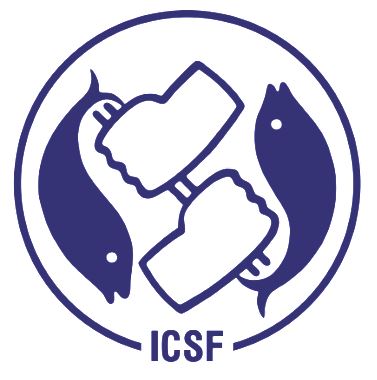FAO, Food and Agricultural Organisation (2011) Aquaculture development: 6. Use of wild fishery resources for capture-based aquaculture. FAO Technical Guidelines for Responsible Fisheries No. 5 . Food and Agricultural Organisation (FAO), Rome.
Full text not available from this repository. (Request a copy)Abstract
The aquaculture of commercially valuable fish and invertebrate species is growing rapidly worldwide and has become a critically important additional means of production of freshwater and seafood at a time when many natural populations are declining in the wild. Capture-based aquaculture (CBA) is defined as the practice of collecting live material from the wild and its use under aquaculture conditions. It makes a significant contribution to aquatic production and livelihood generation. It encompasses a range of activities, from the capture of larvae, juveniles and subadults of desirable fish and invertebrate species as seed material for grow-out in captive conditions, to the taking of adults as broodstock and the use of wild-caught fishes and invertebrates for feed. Because CBA combines culture activities with exploitation of natural resources, there is potential for competition and conflict among fishing sectors that target different life history phases of target species and for impacts on the environment through overfishing or habitat damage. There are very few species produced by aquaculture that have little, or no, dependence on wild populations of target and non-target species. This means that the aquaculture of many species is still reliant on the sourcing of organisms from natural populations for some part of the operation, or with impacts to the wild fisheries in some manner as a result of that activity. The management and conduct of operations that have these effects, therefore, need to take account of both fishery and aquaculture considerations and good practices. Until recently, CBA attracted little attention as an activity distinct from hatchery-based aquaculture (HBA) for monitoring and management consideration and indeed it has typically been treated in the same way as HBA. However, while the use of wild-caught resources for feed in aquaculture facilities is similar for both CBA and HBA, the heavy dependence of CBA on wild resources for seed and its implications for wild populations have been increasingly recognized in the last decade.
| Item Type: | Documents |
|---|---|
| Class Number: | 210.AQU039 |
| Keywords: | Aquaculture Development, Fisheries Resources, FAO, CBD, CCRF, Ecosytem Approach, Aquaculture Management, Sustainable Fisheries, India, Capture Fisheries, Marine Fisheries |
| Subjects: | Right to Resources |
| Depositing User: | Varsha V icsf |
| Date Deposited: | 08 Jun 2022 08:45 |
| Last Modified: | 08 Jun 2022 08:47 |
| URI: | http://icsfarchives.net/id/eprint/16719 |
Actions (login required)
 |
View Item |


